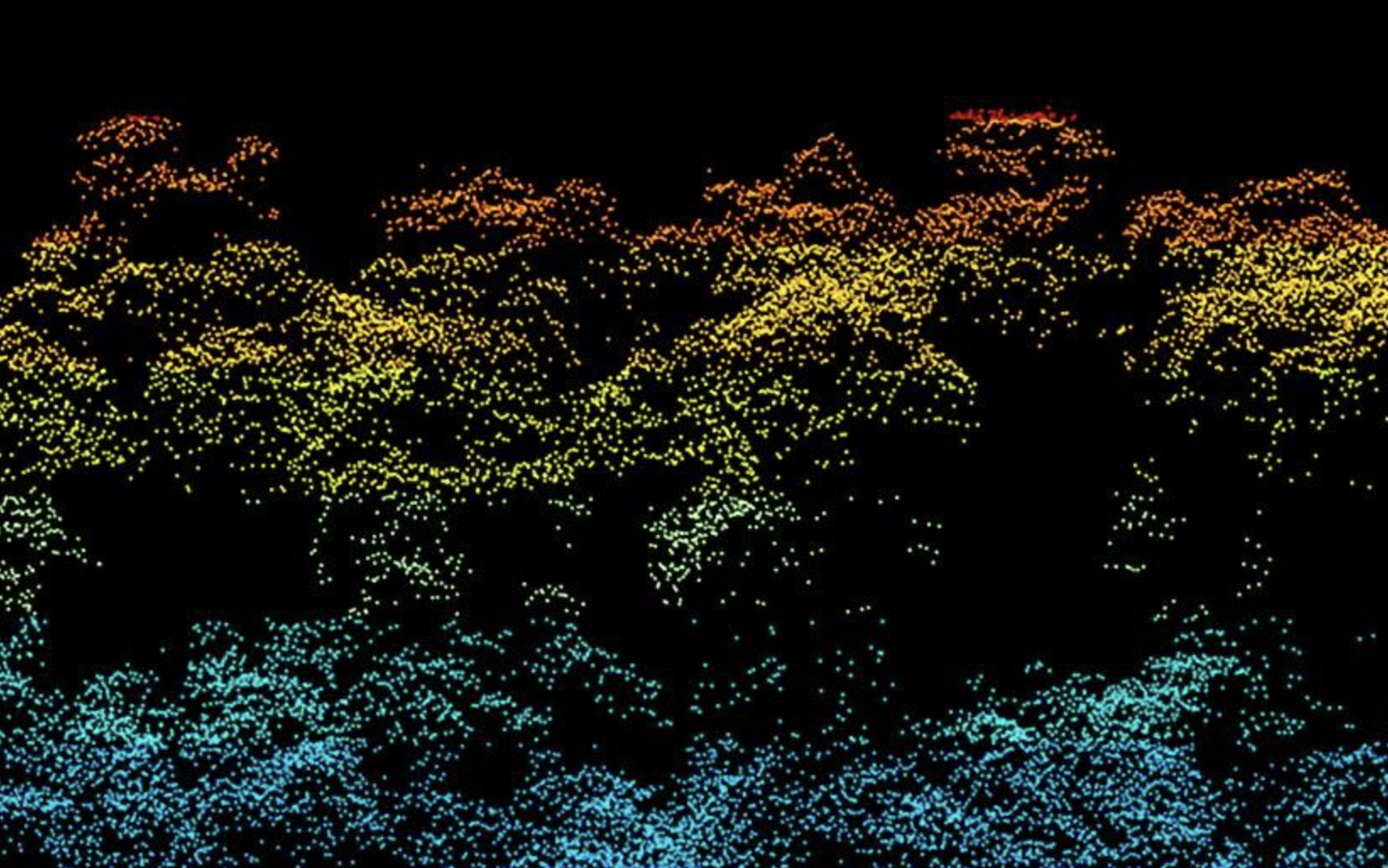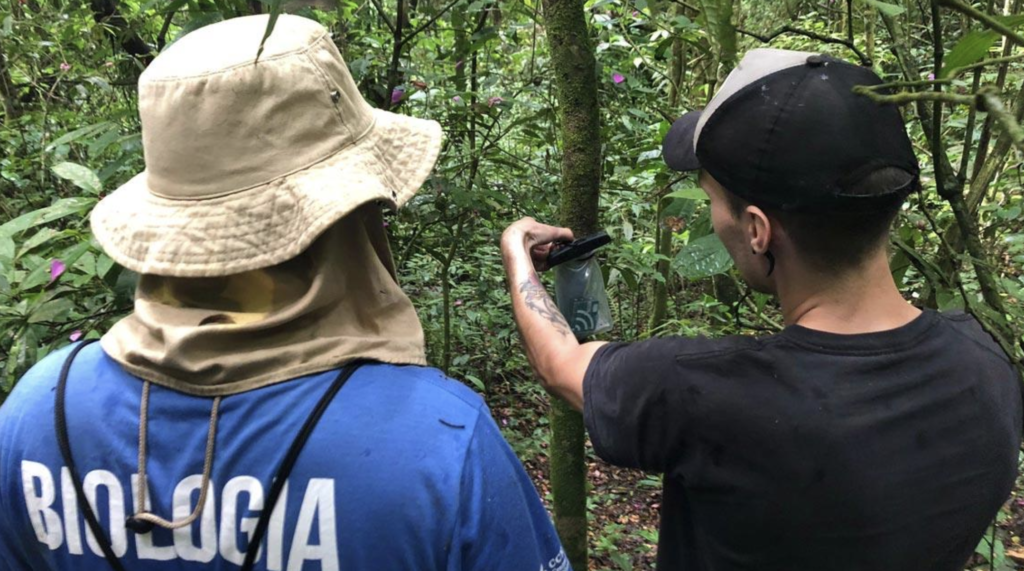Pesquisa FAPESP: The machines that make biology a science of large numbers
DNA sequencers, recorders, drones and other devices of increasing use allow immense savings in time and impose a methodological twist

Soundscapes
Biologist Marconi Campos-Cerqueira found himself bewildered by a lot of information in 2009, during his master’s degree integrated with the Biological Dynamics of Forest Fragments Project (PDBFF), based at the National Institute for Research in the Amazon (Inpa), in Manaus. . He had to identify forest birds just by listening to their song, usually without seeing them. The tape recorders made his task easier, but another problem soon arose: he had so many hours recorded that he could no longer keep up with listening to everything and enjoyed very little.
Luckily, he met the American biologist Mitchell Aide, on one of his trips to the Amazon, who was building a computer program to identify bird species through song, and invited him to work with him at the University of Puerto Rico. Cerqueira moved there, did his doctorate with Aide and helped develop the program called Arbimon, an acronym for Automated Remote Biodiversity Monitoring Network, which separates and identifies the sounds of each species. The most recent version, described in September 2020 in the journal Ecological Informatics , achieved an accuracy of 89% in automatically identifying 24 species of birds and frogs in Puerto Rico. Other similar programs identify sounds of bats, whales, dolphins, insects, birds and amphibians.
“Acoustic monitoring can be used in combination with other methods, because we still need to go out into the field to learn about the environment, habits and diet of each species”, comments Cerqueira, scientific director of Rainforest Connection, a non-governmental organization that collaborates since 2017. with companies and governments, including in Brazil, to detect illegal activities in the forest. One of the Arbimon models triggers a warning when it identifies chainsaw or vehicle sounds that indicate illegal activity.
With free access for researchers, this computing platform houses 2,163 research projects, 57 million recordings, 29,000 analyzes and 2,000 sounds of species of birds, amphibians and other terrestrial and marine animals in South America, Asia, Africa and Europe. An example is in the video below, which shows the song of the Spix Woodcreeper ( Xiphorhynchus spixii ), found in eastern Amazonia. Based on this approach, called acoustic landscape, Cerqueira and colleagues at Utah State University in the United States assembled 92,283 minutes of sound recordings from 143 open areas and wetland or upland forests, representing six natural environments and two modified by human action, of a national park in Roraima.
Analysis of 13 sound variables showed, with an accuracy of 74%, that each of the eight environments has a unique and predictable sound profile. Differences may also indicate changes in species composition and abundance, as detailed in an October 2020 article in Ecological Indicators .
Cerqueira’s collaborator and Arbimon user, biologist Alexandre Camargo Martensen, from UFSCar’s advanced Buri campus , studies 120 areas close to the Atlantic Forest – quite a leap compared to his scientific initiation internship at USP, in 2000, when he participated of a study in 17 Atlantic Forest fragments in the municipality of Cotia, in Greater São Paulo, collecting information in the field and using aerial photographs, because high resolution satellite images were still rare.
Martensen estimates that his team in São Carlos has already collected around 1 million recorded minutes of sounds, mainly of birds, amphibians and mammals – the recorders work 1 minute out of 10, day and night. The volume of information should be three times greater by the end of the project, two years from now.
Based on the recordings and conversations with local residents, the UFSCar team found 15 specimens of an orange and lime green tree frog, Phrynomedusa appendiculata , which had not been seen since 1970, in an area of Atlantic Forest in Capão Bonito, in the interior of São Paulo, Brazil. as reported in January of this year on Zootaxa .

Júlia Ramos Nardy / University of Utrecht
Like Martensen, biologist Alexandre Uezu, from the Instituto de Pesquisas Ecológicas (IPÊ), devoted most of his time to fieldwork during his master’s and doctoral studies, but now he also spends a good part of his days in front of the computer, organizing, mining and analyzing sounds and images. It tracks changes in an area of Atlantic Forest in Cantareira State Park, in Greater São Paulo, another in Pontal do Paranapanema, in the west of the state, with funding from China Three Gorges (CTG Brasil), and a third with Martensen in Alto Paranapanema , South.
Recorders installed at 500 sampling points have already earned him around 1.5 million minutes, also examined with colleagues in Puerto Rico. It obtains the images through satellite and, more recently, a technique called Lidar (Light Detection and Ranging), which records the variation…
Read the full article at https://revistapesquisa.fapesp.br/as-maquinas-que-fazem-da-biologia-uma-ciencia-de-grandes-numeros/

